Laser manufacturing is reshaping the landscape of modern production, providing precision, efficiency, and versatility that traditional methods struggle to match. According to a report by MarketsandMarkets, the global laser manufacturing market is expected to reach $21.57 billion by 2025, growing at a CAGR of 6.7% from 2020. This remarkable growth is driven by the increasing demand for advanced manufacturing solutions that enable enhanced product quality and shorter production times.
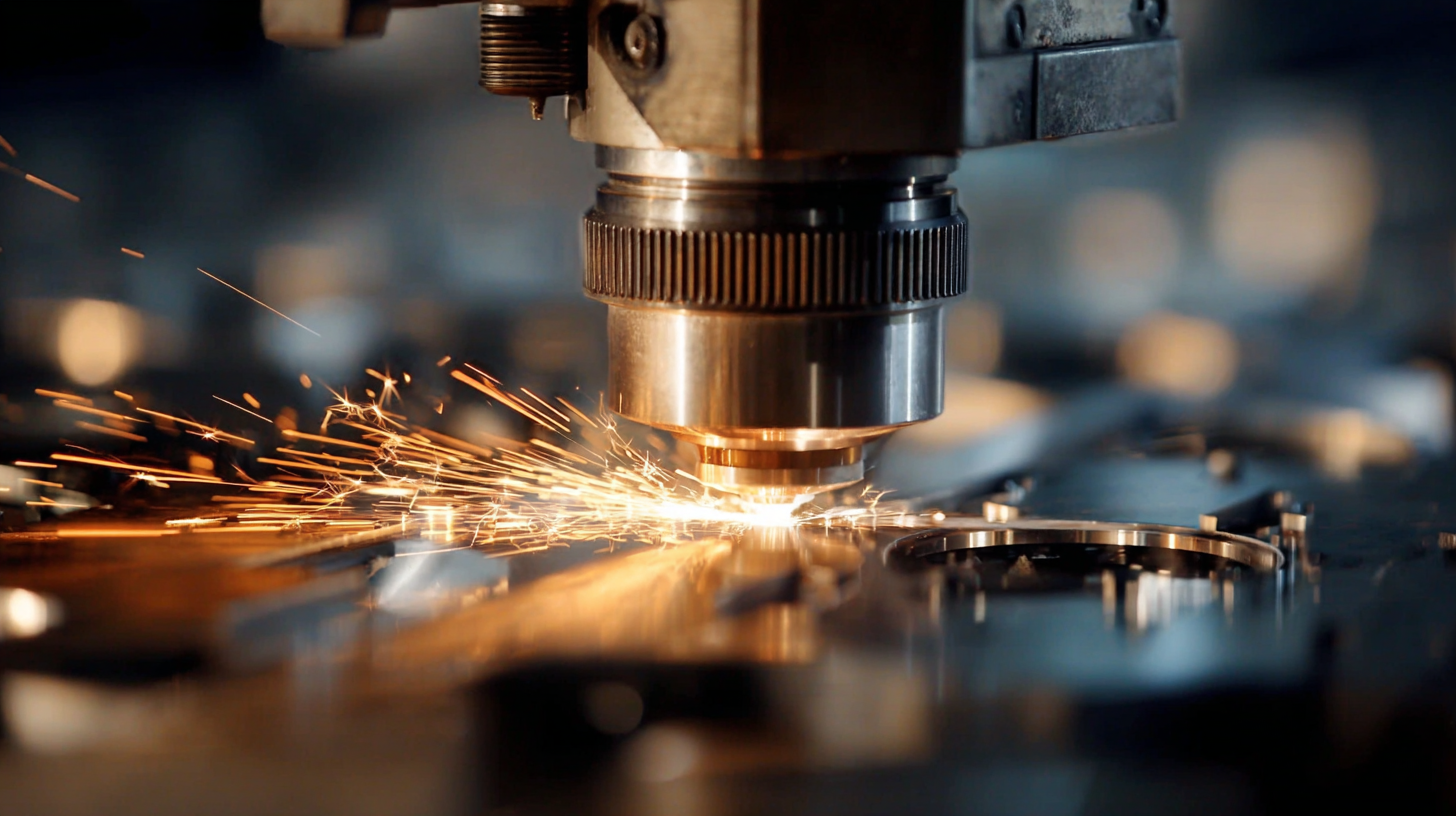
Industry experts have weighed in on this transformative technology. Dr. Richard Smith, a prominent figure in the laser manufacturing sector, states, "The adaptability of laser manufacturing technologies allows us to tackle complex designs and materials that were previously considered unworkable." This flexibility not only streamlines production processes but also opens doors to innovative applications across various industries, from aerospace to medical device manufacturing.
As we delve into the "Top 10" ways laser manufacturing transforms modern production processes, it is essential to understand how this technology is not only enhancing operational capabilities but also fostering sustainability and reducing waste. With its ability to precise cutting and material processing, laser manufacturing stands poised to lead the next industrial revolution.
Laser manufacturing is a revolutionary technology that is reshaping modern production processes across various industries. At its core, laser manufacturing utilizes high-intensity light beams to cut, engrave, and assemble materials with incredible precision. According to a report by MarketsandMarkets, the laser processing market is projected to reach $7.3 billion by 2025, signaling a robust growth rate driven by advancements in laser technology and its broadening applications.
One of the fundamental advantages of laser manufacturing lies in its efficiency and accuracy. Traditional machining methods often involve time-consuming processes that yield significant waste; however, laser systems can achieve precise cuts with minimal material loss. The International Journal of Advanced Manufacturing Technology notes that laser cutting can enhance production speed by up to 50% while reducing production costs by about 30%. This capability is particularly valuable in sectors such as aerospace and automotive, where exact specifications are critical for safety and performance.
Moreover, laser technology offers a level of versatility unmatched by conventional methods. It can be applied to various materials, including metals, plastics, and ceramics, making it an essential tool in industries striving for innovation. The flexibility of laser systems enables manufacturers to quickly adapt to changing demands, significantly shortening lead times and allowing for greater customization, a crucial factor in today’s fast-paced market. As businesses continue to embrace laser manufacturing, its role in optimizing production processes and driving technological advancement becomes increasingly evident.
Laser manufacturing represents a revolutionary advancement in modern production processes, offering significant advantages over traditional methods. One of the key benefits is precision; lasers can cut, engrave, or etch materials with an extraordinary degree of accuracy. This precision reduces waste and enhances the quality of the final product, making it ideal for industries where detail is paramount, such as aerospace and medical device manufacturing.
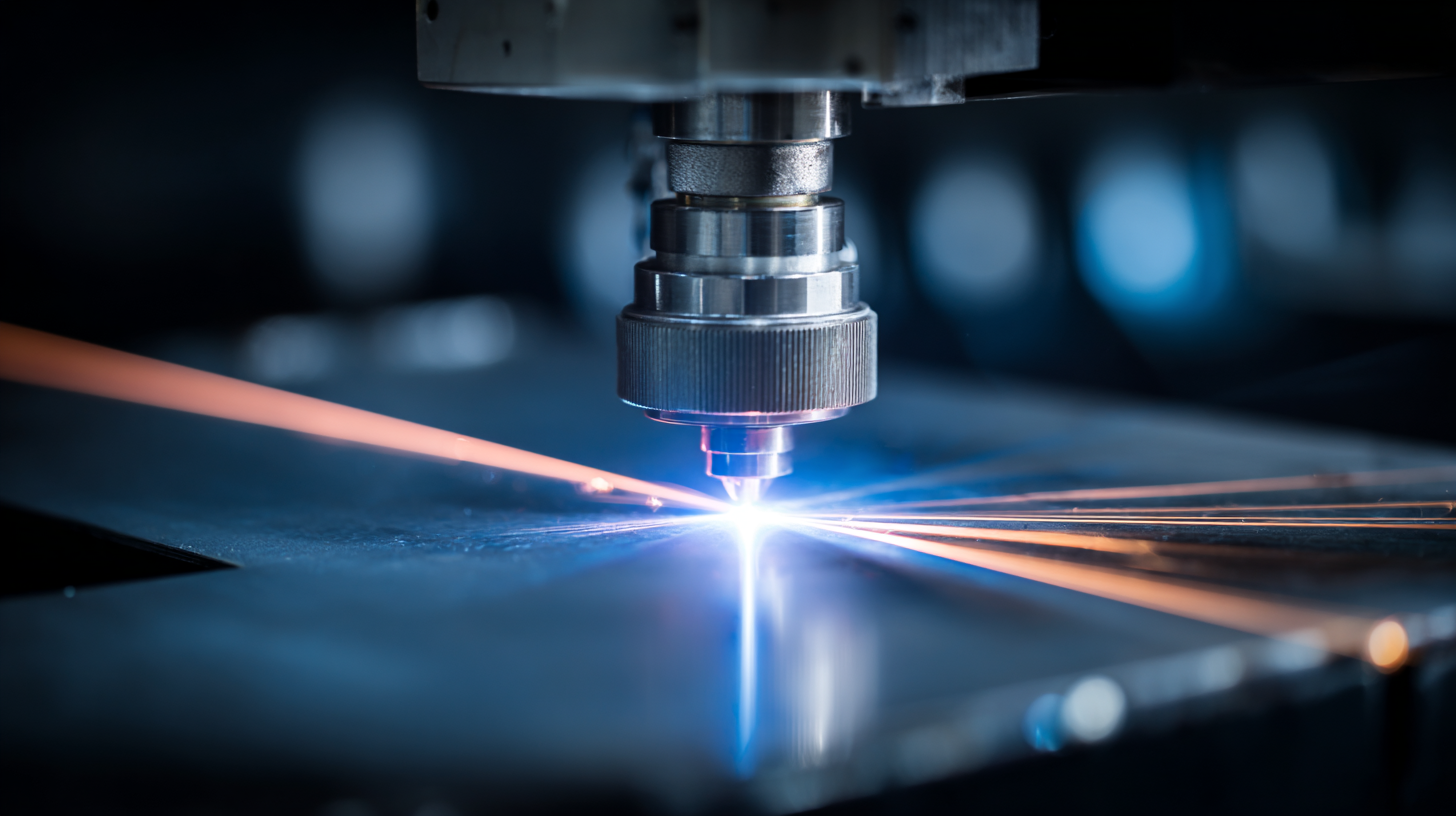
Moreover, laser manufacturing is highly versatile and can be applied to a wide range of materials, including metals, plastics, and ceramics. This adaptability allows manufacturers to streamline their production lines and reduce the need for multiple machines. Additionally, the speed of laser processing can vastly increase production rates, enabling companies to meet higher demands while maintaining efficiency. The reduced setup time and the ability to switch between different projects quickly further enhance its appeal in the fast-paced market environment. These advantages make laser technology a transformative force in contemporary manufacturing.
Laser manufacturing has revolutionized production processes across various industries through its precision and efficiency. In sectors like automotive, aerospace, and electronics, laser technology enables cutting, welding, and engraving with minimal material waste and enhanced finish quality. The high accuracy associated with laser systems allows manufacturers to produce intricate components that meet stringent specifications, ultimately leading to reduced assembly time and improved performance of the end products.
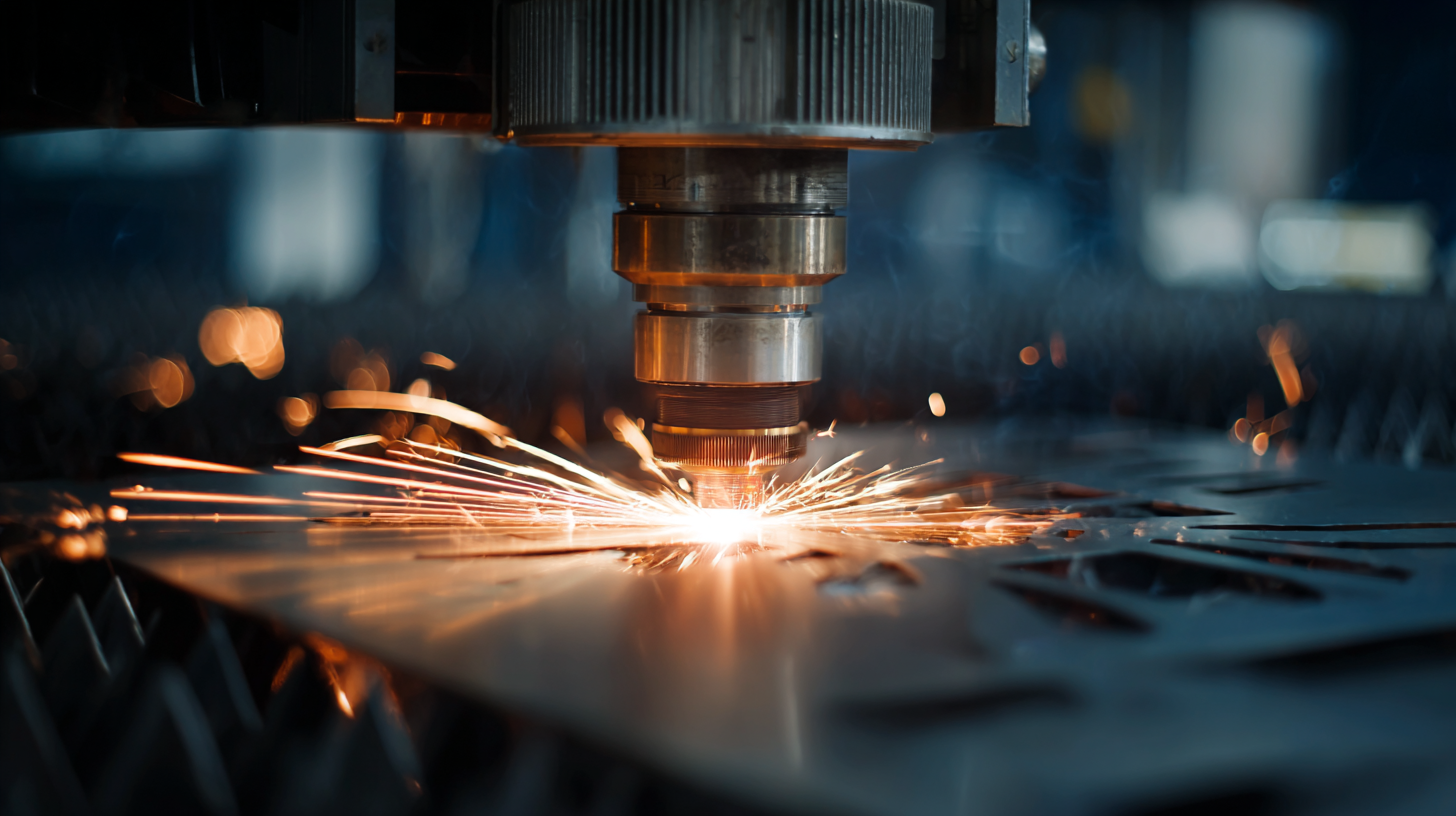
Recent trends in laser technology reflect its growing adaptability and innovation. New advancements include the integration of artificial intelligence and machine learning to optimize laser parameters, resulting in improved efficiency and reduced operational costs. Moreover, the rise of startups leveraging laser solutions for niche applications, such as personalized consumer products and eco-friendly manufacturing, showcases the technology's versatility. As companies increasingly adopt laser systems, their impact on business operations becomes evident—streamlining workflows, elevating product quality, and enabling a faster response to market demands.
Laser manufacturing is rapidly evolving, bringing forth innovative techniques that are reshaping production processes across various industries. As we look towards 2025, a myriad of trends and opportunities are emerging within this technological frontier. Among the top trends are advancements in additive manufacturing using laser technologies, enabling the creation of complex structures with improved material properties. The rise of automation and AI integration in laser manufacturing is also noteworthy, enhancing precision and efficiency.
Tips for businesses considering the adoption of laser technology include investing in skill development for staff to maximize the benefits of new tools and ensuring an adaptable infrastructure to accommodate the fast pace of innovation. Moreover, keeping an eye on startup movements in the laser space can reveal potential partnerships or unique solutions that could differentiate a business in the market.
Additionally, sustainability remains a key focus, with many laser manufacturing innovations aimed at minimizing waste and energy consumption. By understanding these trends and implementing proactive strategies, companies can position themselves advantageously in a competitive landscape shaped by cutting-edge laser technologies.
| Aspect | Description | Future Trends |
|---|---|---|
| Process Efficiency | Laser manufacturing provides high precision and speed, reducing the time taken for cutting and shaping materials. | Integration with AI to optimize cutting paths and reduce waste. |
| Material Versatility | Lasers can work with a wide range of materials including metals, plastics, and ceramics. | Emergence of new materials specifically designed for laser processing. |
| Automation | Laser systems can be fully automated, allowing for continuous production without human intervention. | Advancements in robotics and machine learning for smarter manufacturing systems. |
| Sustainability | Laser cutting produces less waste compared to traditional methods, contributing to greener production processes. | Development of eco-friendly lasers and recycling technologies in manufacturing. |
| Customization | Lasers enable intricate designs and custom shapes tailored to client specifications. | Increased demand for bespoke products driving innovation in laser technology. |
Adopting laser manufacturing processes presents several challenges that organizations must navigate to fully realize the technology's potential. One significant hurdle is the initial investment cost associated with laser systems, which can be substantial, particularly for small and medium-sized enterprises. This financial barrier often discourages businesses, despite the long-term cost savings achieved from improved efficiency and lower material waste. Moreover, the need for specialized training to operate and maintain laser equipment can strain resources, as employees must be skilled in both technical and safety protocols related to laser technology.
To address these challenges, companies can consider phased investment strategies that spread costs over time, making the transition to laser manufacturing more manageable. Additionally, investing in comprehensive training programs ensures that the workforce is equipped to handle advanced laser systems effectively. Collaborating with technology providers for ongoing support can also alleviate concerns related to maintenance and operation, allowing companies to fully harness the benefits of laser manufacturing while mitigating risks associated with the initial learning curve. By strategically tackling these obstacles, businesses can position themselves to leverage laser technology for enhanced productivity and innovation.


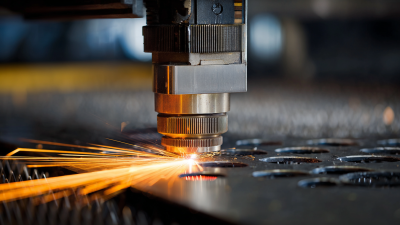
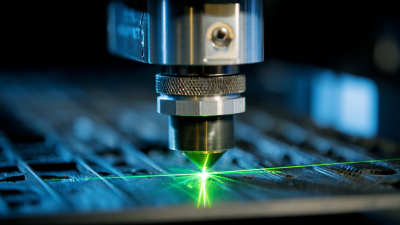
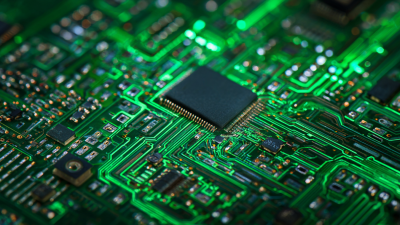

„Thanks to the LUVIR technology, the solder resist process could be switched directly from the previously used mask exposure to direct exposure. As an outstanding digital solution on the market, this technology has been able to demonstrate fast process times and superior quality on our certified conventional ink in production. This allowed us to fully digitize the solder mask process at low cost – without process or ink adjustments. An excellent benefit to our production in Rot am See.“
Ralf Göhringer (Head of Production WE Rot am See)
I would definitely recommend the Limata machine and team for a future company purchase
Michael Greenaway
Compunetics Inc.
“The Limata ldi has been amazing!! Best thing we did was buy this machine”
Richard Brady
GM
Circuitlabs
“Since 2019, we have been running the Limata X1000 LDI system (including LUVIR for solder mask imaging) in daily production as an addition to our current process with film. The machine was capable of properly exposing Taiyo PSR-4000 BN (DI) solder mask types on normal to high-copper boards using a new and unique direct imaging process. The machine operating interface is very user friendly which allowed for a quick technical training curve. The pre-registration processing reduced several seconds of production time at every print. Limata support and service staff is incomparable. They supported our team every step of the way at basically any time of the day or night, with literally, an immediate response time, customizing the software interface to best fit our Operations and needs.
We have exposed more than 8,000 prints since end of October, on various solder mask colors and some resist film panels. Limata, has proven to be very capable and innovative. They are a strong contender in the industry.
We have very much enjoyed this project, and working with the team!
Thank you Limata for the continued support and being a part of our growth.”
Bill Sezate
Vice President, GM
Summit Interconnect
As a replacement to our current contact exposure process with film, the LIMATA X2000 system including LUVIR-Technology was capable of properly exposing non-LDI solder mask types using a direct imaging process. The machine offers cutting edge software with a very intuitive operating interface which allowed for quick technician training curve. The dual drawer system combined with pre-registration processing reduced several seconds of production time at every machine cycle. Limata support and service staff is world class. They added software patches to keep production running at shortest possible response times, customized the software interface to best fit our in-house Operations system, and even wrote a step-by-step machine processing manual. As a result of the project, we have exposed more than 16,000 times on various product types and solder mask brands/colors. Limata, in a very short timeframe as a company, has definitely shown they are truly innovative and will be challenging the industry of direct imaging for the top spot.
Kevin Beattie
Process Engineer
TTM Technologies
Forest Grove Division